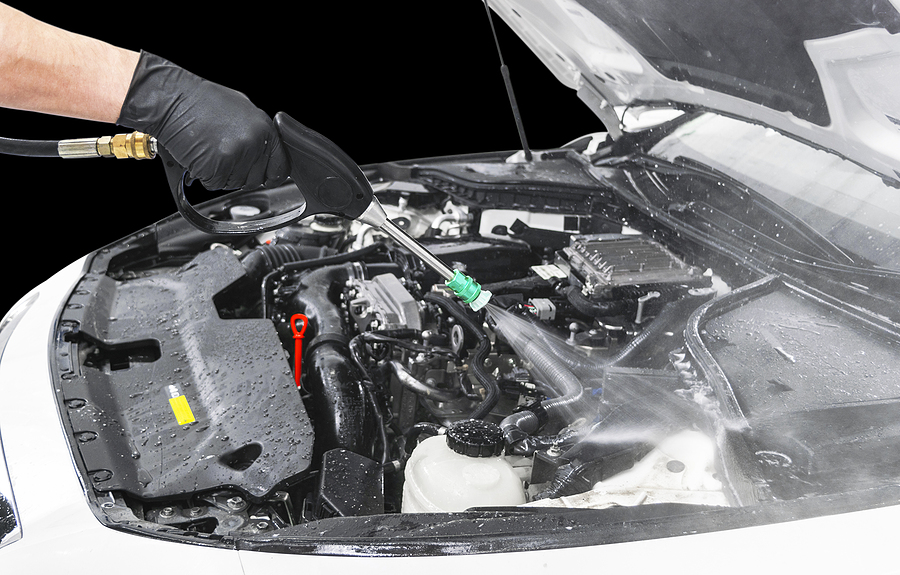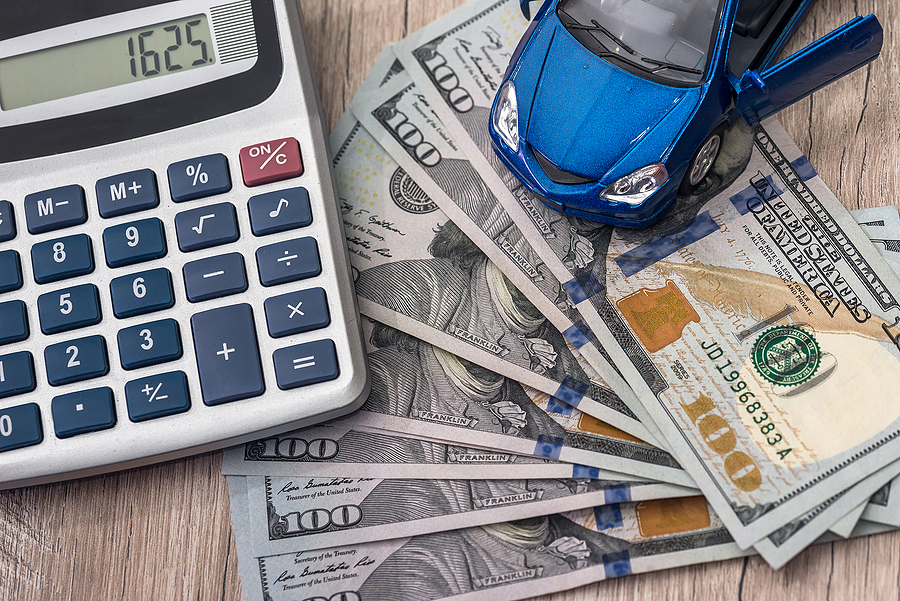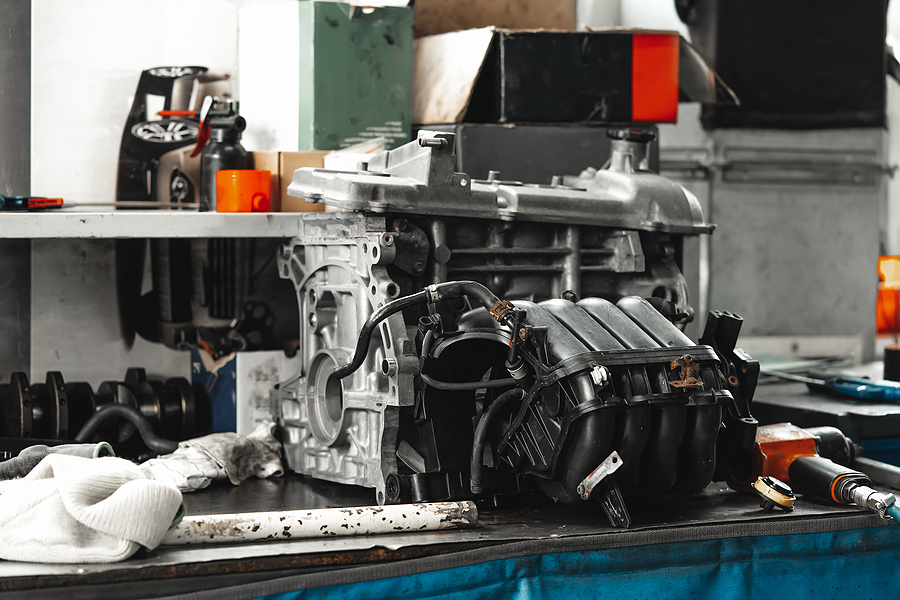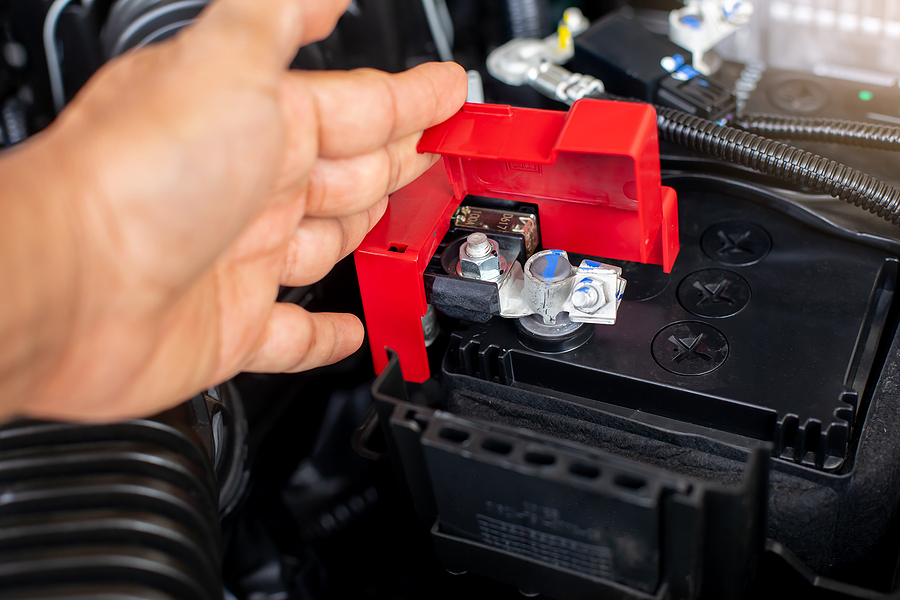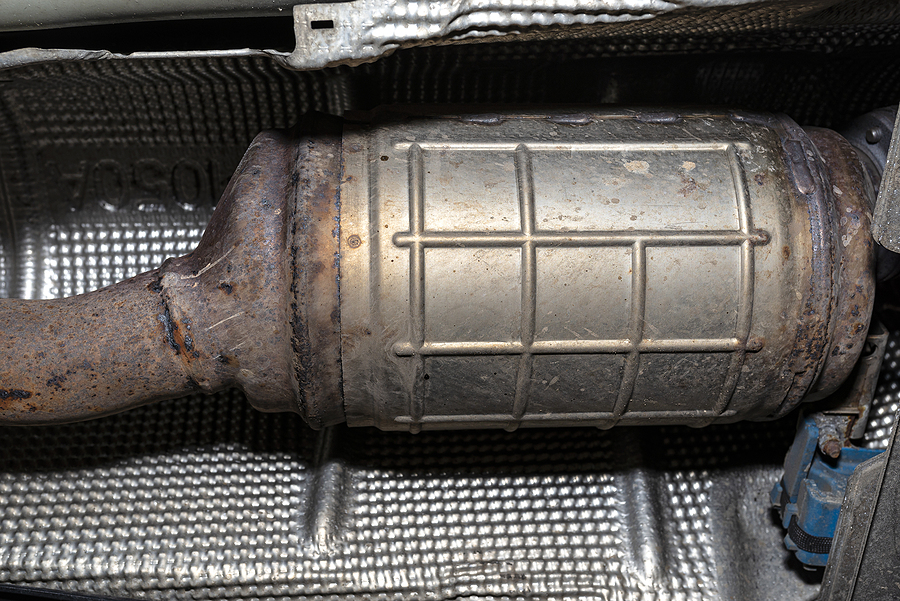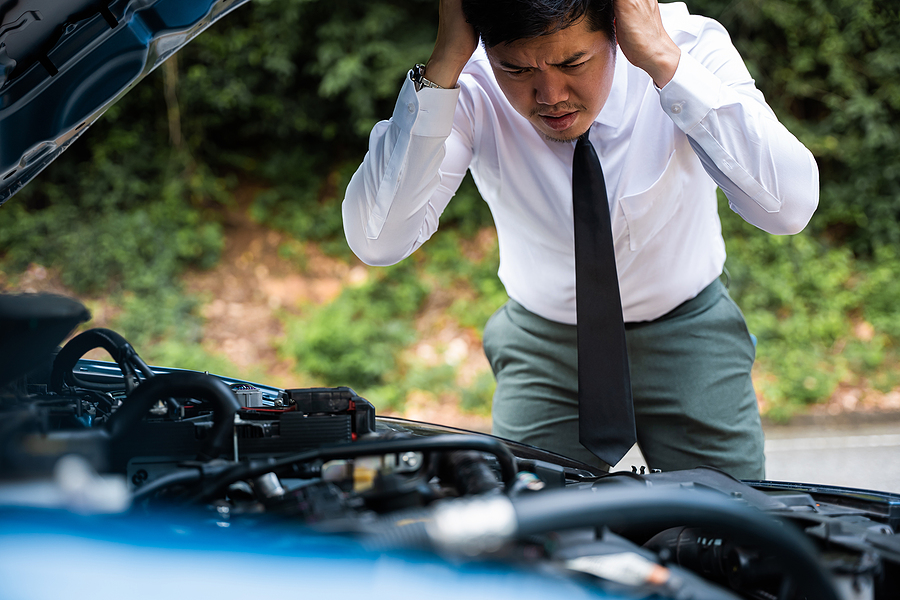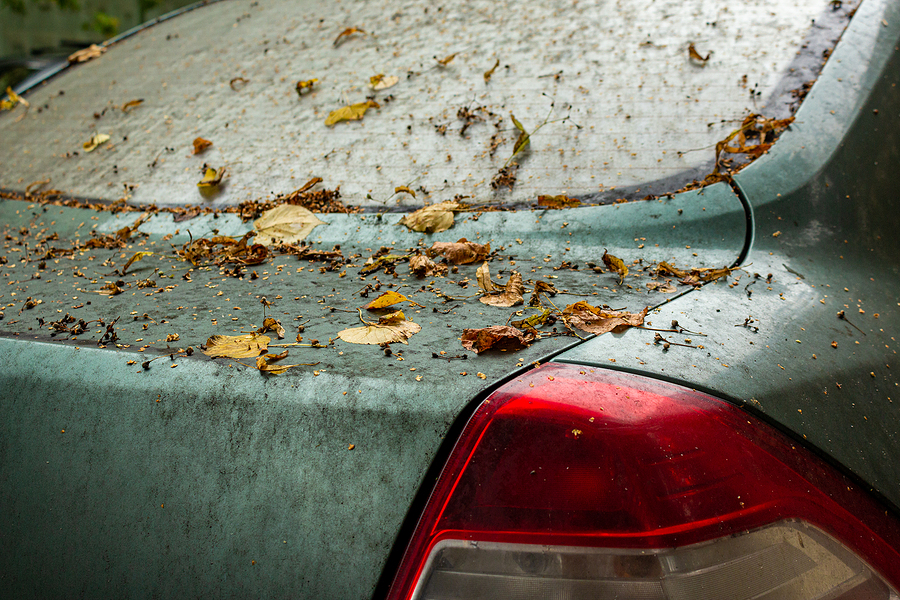Owning a car comes with great freedom and convenience, but it also brings a host of responsibilities — and expenses. As welcomed as that new car smell may be, every vehicle owner dreads the day when the mechanic delivers the dreaded news of a high repair cost.
In this comprehensive guide, we’re going to unveil the top five most wallet-wrenching car repairs that make grown adults cringe and budgets buckle. We’ll also provide strategic advice on how to avoid these costs, what to do when your car isn’t worth repairing, and actionable tips to reduce the financial sting of routine car ownership.
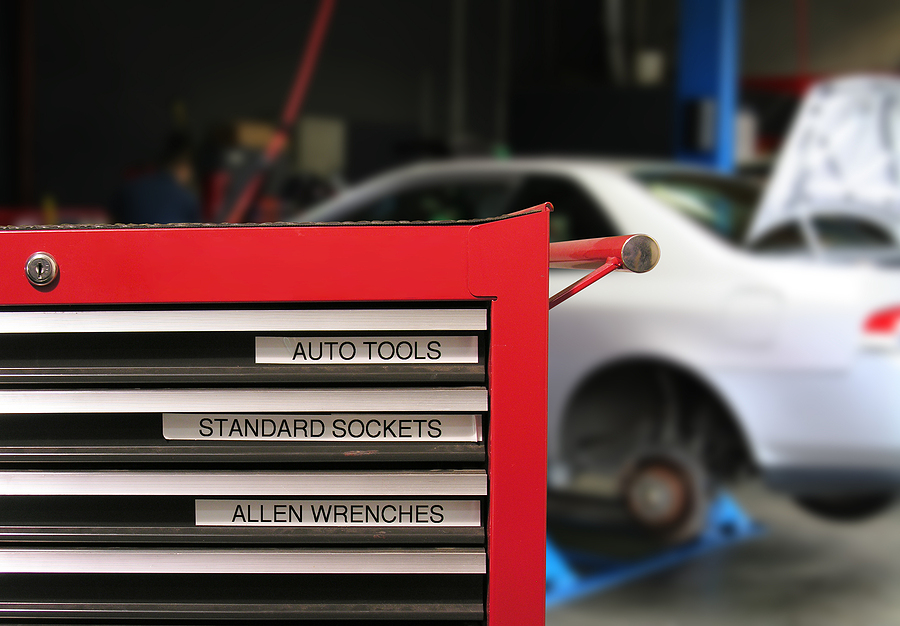
The Financial Impact of the Top 5 Most Expensive Car Repairs
Every car owner has a story to tell about the exorbitant price tag of a car repair. While some issues may be more of a hassle than a financial burden, others can set you back thousands of dollars. Here’s what to expect when these five dreaded repairs roll in:
1. Engine Overhaul
The engine is the heart of your car, and when it starts to falter, it can be the most expensive repair. An overhaul might be necessary if significant damage occurs, such as a blown head gasket, which can cost anywhere from $1000 to $3000 — or even more for high-performance or luxury vehicles. Repairing the engine involves extensive labor, cost of parts, and may even necessitate a complete rebuild, pushing the total cost of engine repair skyward.
2. Transmission Replacement
If your car starts slipping gears, refuses to go into any gear, or you experience grinding between gears, it could mean trouble for your transmission. Transmission repair costs vary widely depending on the vehicle, but you can expect a range of $1800 to $3500 for a transmission replacement, and even higher for certain models.
3. Suspension Repairs
The suspension system is crucial for a smooth and stable ride, and when it fails, the vehicle isn’t just uncomfortable to drive — it’s unsafe. Costs for suspension repairs fluctuate with the make and model of the vehicle but can range from $1000 for a simple shock absorber replacement to over $5000 for a full suspension overhaul.
4. Air Conditioning System Failure
When the A/C system blows hot air in the summer, the discomfort is only the beginning. Repairing a car’s air conditioning can be costly due to the complexity of the system and the labor-intensive process of locating and fixing leaks. An A/C repair can easily run from $200 to $1500 or more, especially if there’s damage to major components like the compressor.
5. Electrical System Issues
Modern cars are laden with electronic components, and an electrical fault can be notoriously tricky to diagnose and repair. The cost depends on the severity of the issue and the replacement cost of parts, but it’s not uncommon for electrical repairs to add up to hundreds or even thousands of dollars.
Tips to Dodge These Costly Car Repair Bills
No one wants to part ways with their hard-earned money because of an unanticipated car repair. With the right strategies, you can minimize the risk of these expensive car maladies and keep more money in your pocket.
1. Regular Maintenance
Consistent and thorough maintenance can help you avoid major repair bills down the line. Keep up with oil changes, filter replacements, tire rotations, and check your fluids regularly. A well-maintained vehicle is less likely to suffer unexpected breakdowns and has a more reliable life cycle.
2. DIY Repairs for Minor Issues
For those who are mechanically inclined, handling minor repairs and maintenance tasks can save you a significant amount of money. Everything from changing your own oil to replacing a battery can be done in your own garage, preventing the need for costly professional services.
3. Timely Inspections and Repairs
As soon as you notice something off, don’t hesitate to take your car in for a check-up. Catching problems early can prevent more extensive (and expensive) damage from occurring. Every strange noise, smell, or behavior should be addressed promptly.
4. Use of Quality Parts
When it comes to car repairs, you often get what you pay for. Using top-quality parts can extend the life of your repair and vehicle overall. Cheap, or subpar parts may save money in the short term but could result in more frequent repairs or issues.
5. Research and Compare Repair Costs
Knowledge is power when it comes to dealing with auto repairs. Don’t be afraid to get a second opinion or quote. Knowing the average cost of certain repairs and inquiring about independent vs. dealership costs can help you make informed decisions and potentially save money.
When Car Repair Costs More Than the Car Itself
There comes a point when a vehicle is simply not worth repairing. In many cases, if a repair costs more than the car’s market value, you’re better off cutting your losses, especially if the car is old or has high mileage.
Understanding Total Loss and Salvage Value
When a car is deemed a “total loss” by an insurance company, it means the repair costs surpass the vehicle’s value. However, all is not lost. Even if your car is a total loss, you can recoup some value by selling it to a junk car buyer for its salvage value.
How to Sell Your Total Loss Vehicle to a Junk Car Buyer
▶ Obtain the necessary documents from your insurance company.
▶ Research several junk car buyers for the best deal.
▶ Arrange for the pickup or drop-off of your vehicle.
▶ Receive payment and any necessary paperwork for legal transfer or disposal.
Conclusion
Car repairs can be one of life’s unpleasant inevitabilities, but they don’t have to break the bank. With a proactive approach to maintenance, repair cost diligence, and savvy financial planning, you can steer clear of the most expensive car pitfalls. It’s all about staying informed, keeping your vehicle in top shape, and knowing your options when the road gets rough. The less you pay on unexpected car repairs, the more you can enjoy the ride. And if you ever find yourself in the position where the repair is worth more than the car, remember that there are ways to recoup some value from the steel horse that couldn’t make one last full-priced run.
If you’re facing a high-priced repair bill or the reality of a total loss vehicle, consider the benefits of selling your car to a junk car buyer. Contact GC’s Junk Cars at 317-608-2188 to sell a junk car for cash in Indianapolis, Indiana. We offer free towing with our in-house tow truck, so all you have to do is call and accept our offer!
Related Posts:
Demystifying the Claims Process: Dealing with Total Loss of Your Vehicle
Can a Vehicle Be Repaired After Being Submerged in Water?
How to Cut Down on Costly Car Repair Bills

